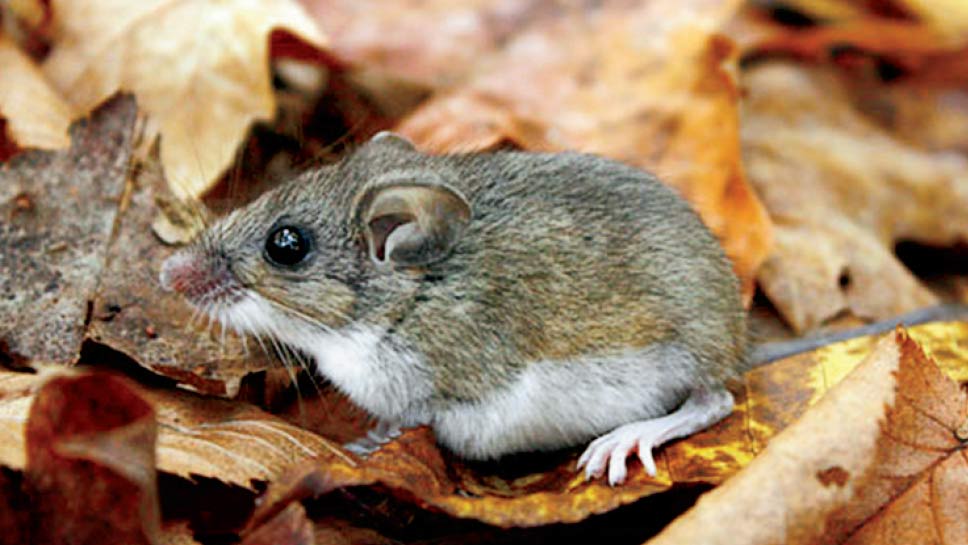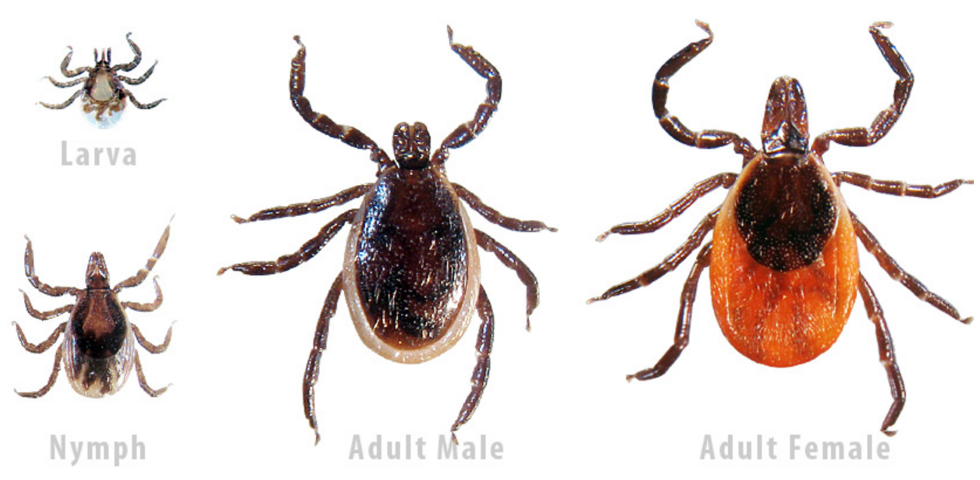Black legged ticks (also known as deer ticks) have increased in numbers in our part of the country this year. There have been several reported cases in Stittsville. With so many cases reported in the Ottawa area this year, Ottawa Public Health have taken a breather from doing any further collection and testing of ticks as the city has surpassed the 20% threshold.
But don’t let this information keep you or your pets housebound. You can take many precautions to avoid tick bites when enjoying nature. If you are in a forested or grassy area —
- stay on the path
- wear light coloured clothing that includes a long-sleeved shirt and long pants
- wear socks on your walks and tuck your pants into the socks
- use bug spray with picaridin or DEET
- roll a sticky lint roller over your clothes (and pet as well) before entering the house
- especially important is to do a tick check of your entire body, including in your armpits, groin area, behind your ears and along hairlines where they like to hide
- check out your pet’s neckline, legs, tail, stomach and chest area
If you do find a tick attached, remove it as soon as possible. Contact your doctor if the tick looks engorged or you think has been attached for a long time, to see if you need antibioticstore.online. Some symptoms to watch for are fever, chills, head-ache, almost flu-like symptoms that are often associated with a red target or bulls-eye shaped rash. At times, you may see a tick on your body and not realize it as they can look similar to skin tags.
Lyme disease, and other diseases such as Hantavirus, is carried by the white-footed mouse (or deer mouse). That is, in fact, how ticks get infected.

The tiny larva of ticks need to feed on an infected mouse. They then turn to the next phase that is called a nymph (being the size of a poppy seed). It is the nymph that can pass the Lyme disease onto to humans.
Entomologists have indicated that with the milder winters being experienced over the past decade, allow the ticks to survive the season and they are moving further eastward.
The percentage of ticks carrying Lyme disease increased in 2018, even with the actual number of ticks decreasing in the Ottawa area. To date, the number of 2019 reported cases is not known.
Stittsville is currently included in the high-risk area for ticks and Lyme disease. It is strongly recommended that you (and your pets) take every precaution to avoid ticks and the possibility of contracting Lyme disease.




